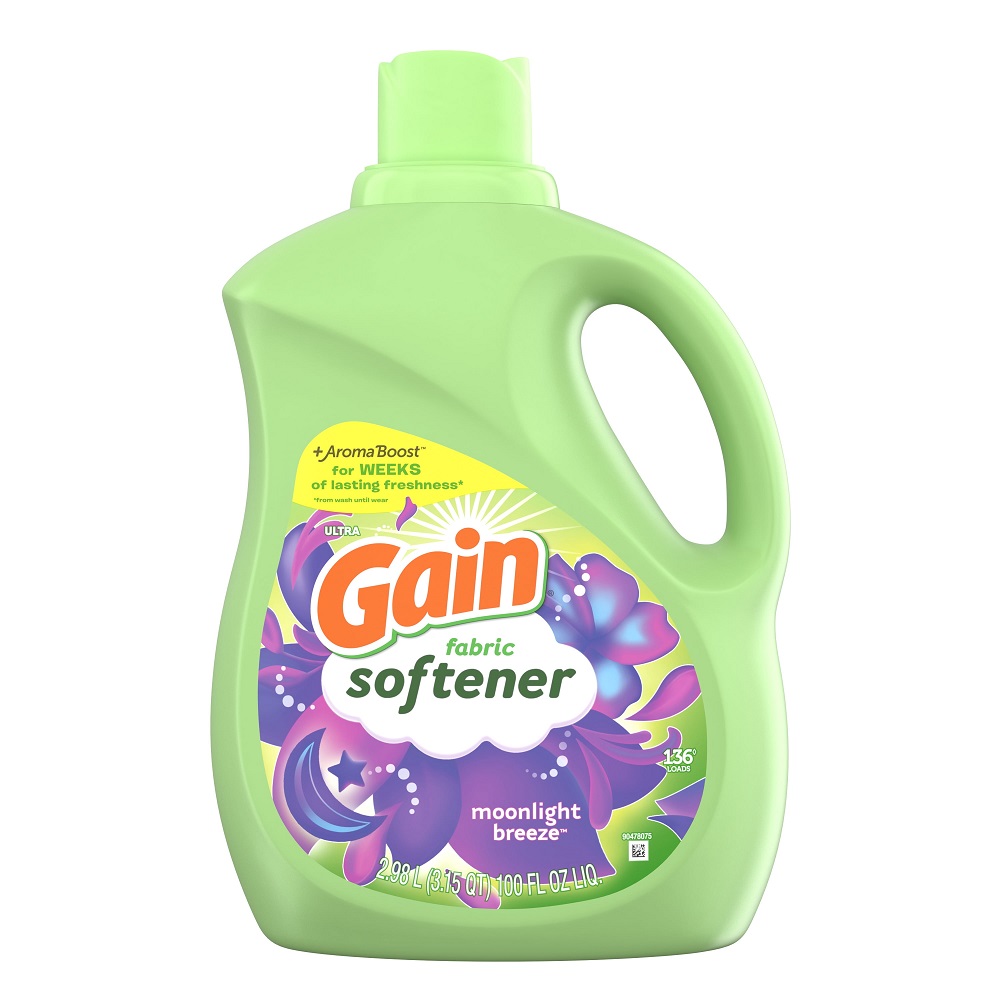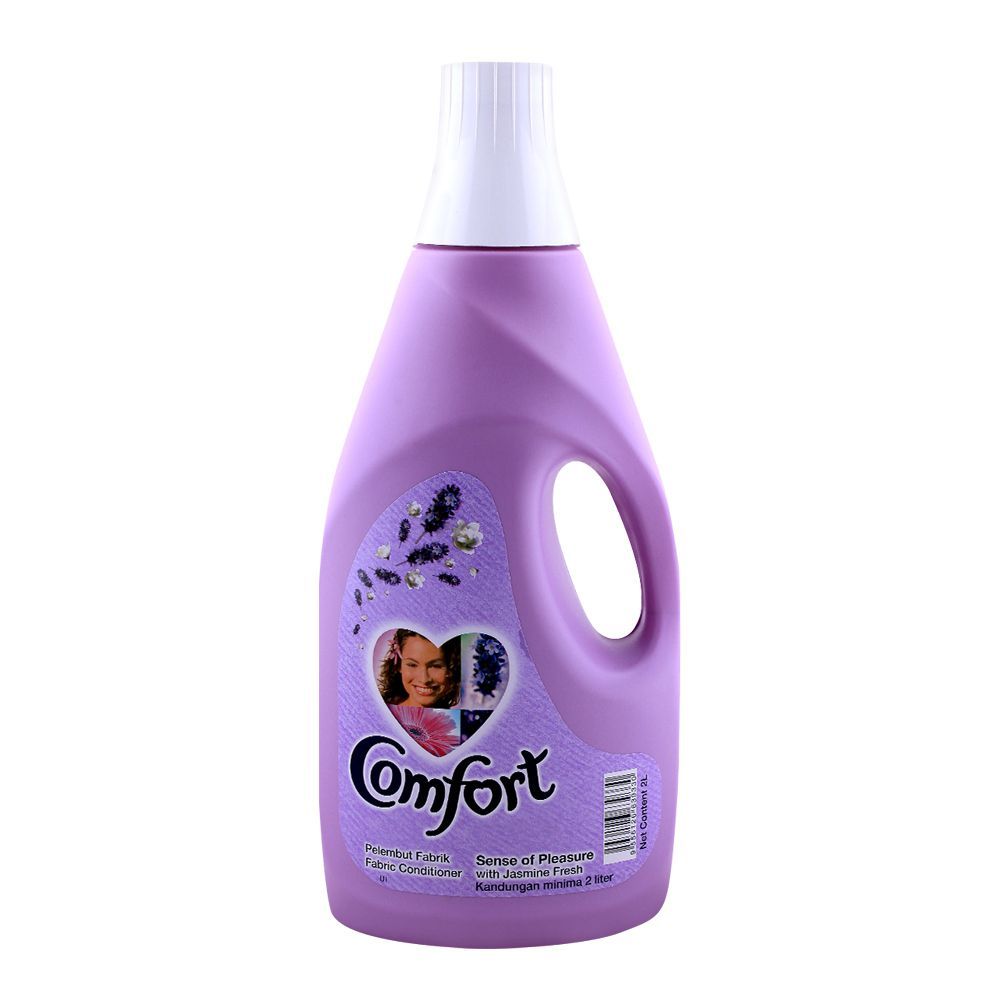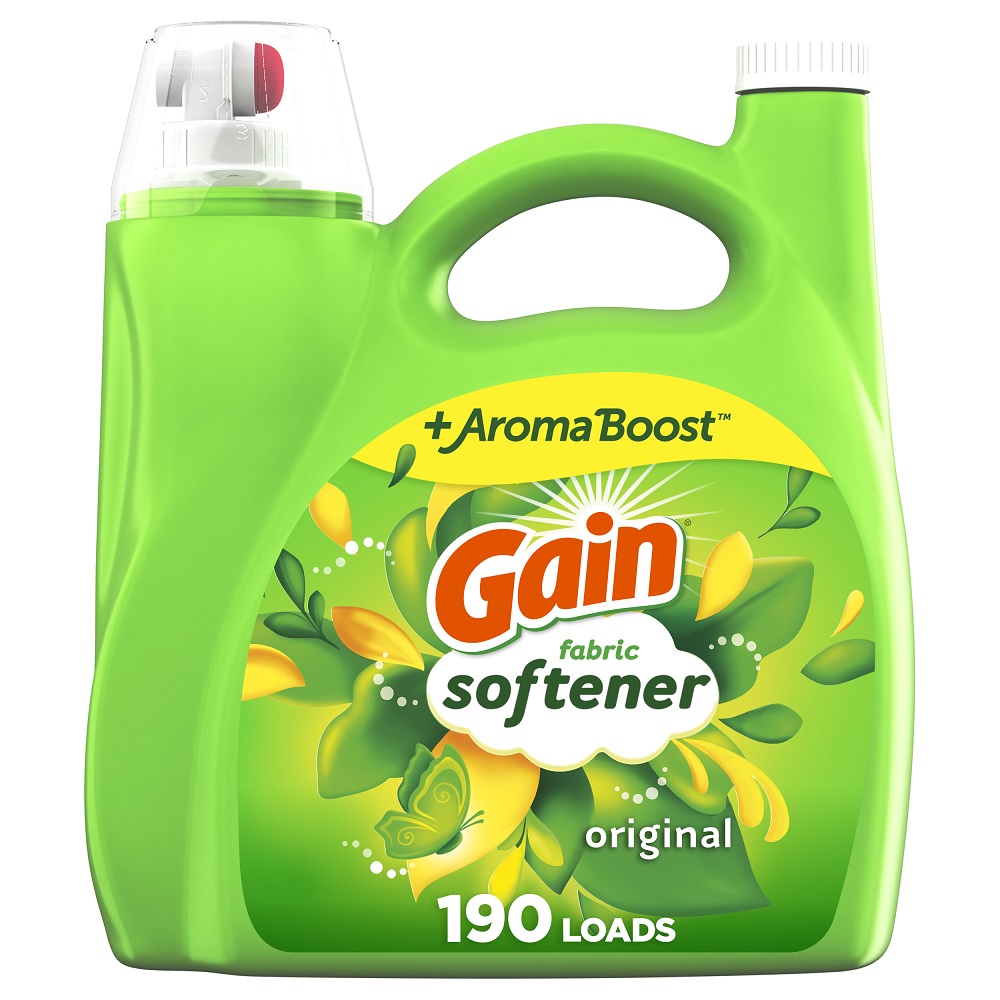Introduction to Using Fabric Softeners in Your Washer
Navigating the world of laundry can often be complex, especially when it comes to using fabric softener. Understanding where to put fabric softeners in your washing machine is crucial for soft, fresh-smelling clothes. This guide will help clear any confusion and ensure your laundry is as comfortable as possible.
Types of Washing Machines and Their Drawers
The first step to using fabric softener correctly is to identify your type of washing machine. There are mainly two types: front loaders and top loaders, each with distinct compartments for laundry products. Knowing the right spot for fabric softener in your washer ensures it works effectively. Let’s explore the drawer systems in these two common types of machines.

Front loaders typically have a pull-out drawer on the front panel. Within this drawer, you’re likely to find a few compartments, each assigned for different washing agents. A standard layout includes three sections – one for pre-wash (often marked ‘I’), one for the main wash (marked ‘II’), and a compartment with a flower symbol for fabric softener.
Top loading machines may differ. They often require adding washing products, including fabric softener, directly to the drum before loading your laundry. This approach helps to distribute the fabric softener evenly throughout the wash, resulting in evenly coated, soft clothes. Remember, fabric softener should be placed in the machine before the clothes to avoid direct contact with garments, which could cause stains.
Locating the Fabric Softener Compartment
Locating the correct compartment for your fabric softener is essential for optimal laundry care. Different types of washing machines have different dispenser systems, but they all have specific compartments designated for fabric softener. Recognizing these will ensure that the softener is released at the right time during the wash cycle, maximizing its effectiveness.
Understanding Symbols on Dispenser Drawers
Most washing machines use universal symbols to denote different compartments in the dispenser drawer. The most common symbols include:
- I (one): This symbol usually indicates the compartment for the pre-wash detergent, used for heavily soiled clothes.
- II (two): This marks the main wash compartment where you add the detergent for your regular wash cycle.
- Flower symbol: Typical symbol for the fabric softener compartment. It ensures that softener is added to the laundry during the final rinse cycle, not during the wash.
By familiarizing yourself with these symbols, you can effectively place your fabric softener in the correct compartment, avoiding any damage to your laundry or machine. Remember, always check the manufacturer’s manual for any specific instructions related to your particular model. This practice avoids common mistakes and enhances the overall efficiency of your washing routine.
How to Properly Use Fabric Softener
Proper usage of fabric softener in your washing machine is key for soft, fresh clothes. I’ll guide you on how to add it efficiently, whether you have a front loader or a top loader.
Adding Fabric Softener to Front Loaders
For front loaders, look for the pull-out drawer on your machine’s front. Find the compartment with a flower symbol, that’s where your fabric softener goes. Here are simple steps to follow:
- Pull out the drawer.
- Identify the fabric softener compartment (usually marked with a flower symbol).
- Pour the recommended amount of fabric softener into this compartment.
- Close the drawer and start your wash cycle.
Remember, fabric softener should go in the last rinse cycle, so it stays on the clothes.
Adding Fabric Softener to Top Loaders
Top loaders are different from front loaders in where you put fabric softeners. Here’s what to do:
- Open the machine’s lid.
- Pour the correct dose of fabric softener into the drum.
- Load your laundry on top of the softener.
Make sure to add the softener before the clothes to prevent any possible staining. Follow these steps to ensure your fabric softener is used correctly for the softest laundry.
Pre-Wash and Main Wash Considerations
Understanding the specific functions of pre-wash and main wash compartments in your washing machine is important.
Importance of the Correct Usage of Compartments
Using the right compartments for fabric softener and other laundry detergents ensures effective cleaning. Not only does this optimize washing performance, but it also prevents damage to both your clothes and washing machine.
For front loaders, the pre-wash compartment, often marked with ‘I’, is intended for detergents that handle heavily soiled clothes before the main wash. The main wash compartment, marked ‘II’, is for your regular detergent used for the standard washing cycle.
In top loaders, since you directly add substances to the drum, it’s crucial to first put in detergents and then layer clothes on top to avoid staining them. Precise placement can significantly impact the cleanliness and longevity of your clothes.
Remember, checking your washer’s manual can help you understand the best practices for your specific model, ensuring you use each compartment correctly.
Troubleshooting Common Dispensing Issues
Even with a good understanding of where to put fabric softener in washing machine, issues can arise. Here’s how to solve them.
Solutions for Fabric Softener Problems
Detergent Not Dissolving
If your detergent remains on clothes post-wash, water temperature could be off. Make sure it matches detergent needs. Also, don’t overload the machine; it needs space for mixing.
Fabric Conditioner Not Dispensing
Sometimes the fabric softeners won’t release. This could be due to a clogged dispenser or thickened softener. Dilute and clean the dispenser to fix this issue.
Clogged Dispenser Drawer
Clean your dispenser drawer often. Pull it out, wash well and unblock any jammed compartments.
Wrong Compartment Usage
Make sure you’re putting the detergent and fabric softener in the right spots. Check your machine’s manual if unsure.
Low Water Pressure
Low pressure affects detergent mixing. Examine your water supply and address any pressure problems.
By handling these issues, your washing will come out clean and fresh. Remember to apply the fixes specific to your machine type, be it front loader, with its distinct drawer compartments, or top loader, where products go straight into the drum. Stay on top of these common troubles and your laundry routine will improve greatly.
Enhancing Fabric Care with Correct Softener Usage
Ensuring the correct use of fabric softener enhances garment care substantially. Proper fabric softener application not only provides additional softness but also preserves fabric integrity over time. Let’s explore how to optimize the use of fabric softener.
Optimal Conditions for Fabric Softener Effectiveness
To maximize the benefits of fabric softener, consider these key points:
- Correct Amount: Follow the recommended amount as per fabric softener label. Excessive use can leave residues. Insufficient amount won’t soften effectively.
- Temperature of Water: Use warm water for better solubility of fabric softener. Cold water may not dissolve it fully, reducing its effectiveness.
- Load Size: Avoid overloading your washer. A crowded washer can prevent fabric softener from reaching all areas of your laundry.
- Timing: Add fabric softener during the final rinse cycle. Adding it too early can wash away most of its effects.
- Routine Maintenance: Regularly clean the fabric softener compartment to avoid clogs. This ensures it dispenses correctly during each cycle.
By adhering to these tips, your laundry will not only feel softer but also retain its quality better over time. Correct usage of fabric softeners is a simple, yet effective way to enhance your laundry routine.


